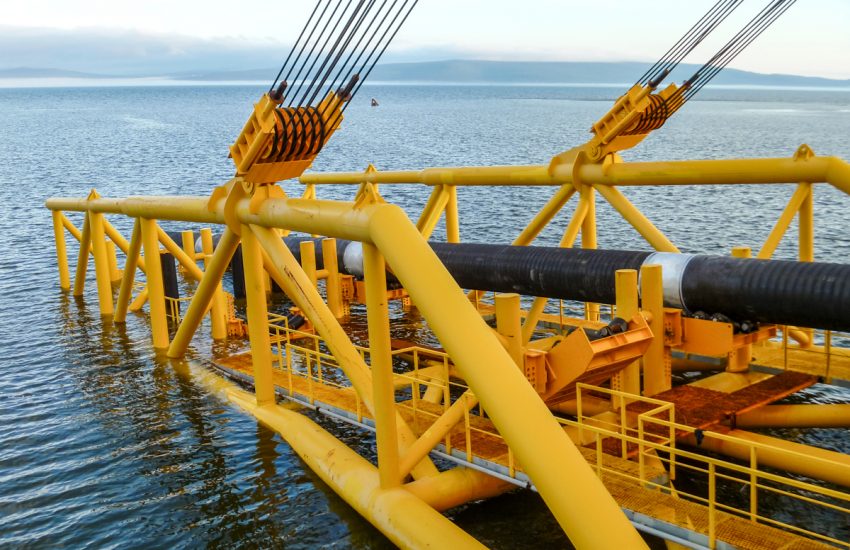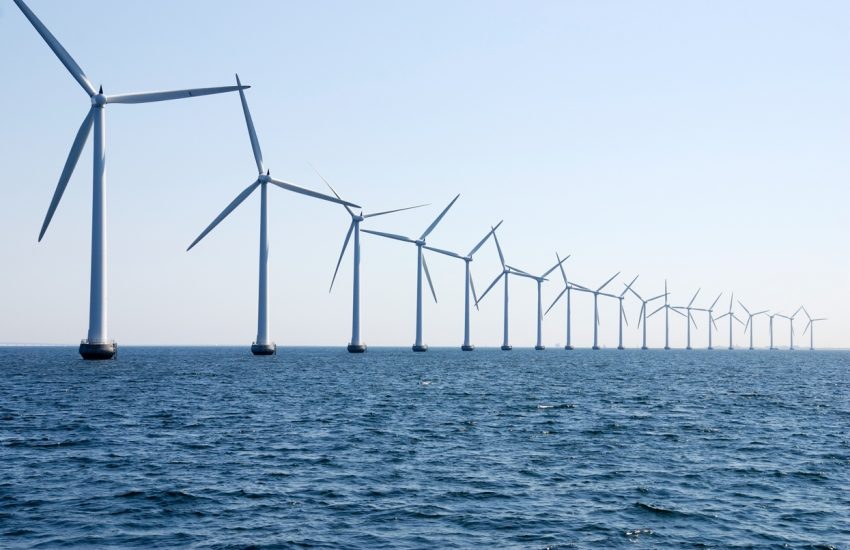Microplastics, which are fragments of plastic smaller than 5 millimeters, have increasingly been released into the environment over the last several decades—primarily into bodies of water—whether during production, use, or degradation of plastic products. Microplastics have been found in over one hundred aquatic species, in sources of food such as crops, and within large plastic debris piles floating across the ocean. The prevalence of microplastics pollution across ecosystems, exacerbated by the fact that microplastics are not easy to biodegrade, has prompted proposals and passage of …
Continue Reading









